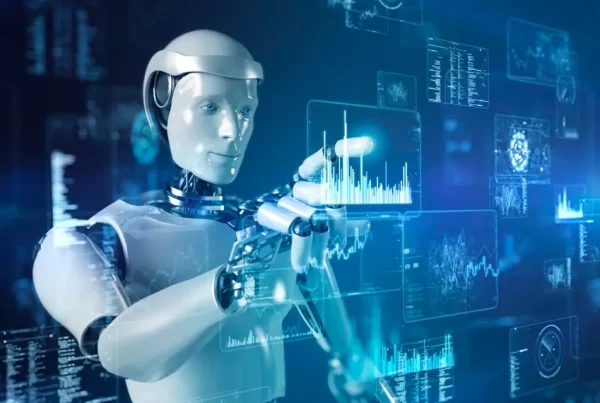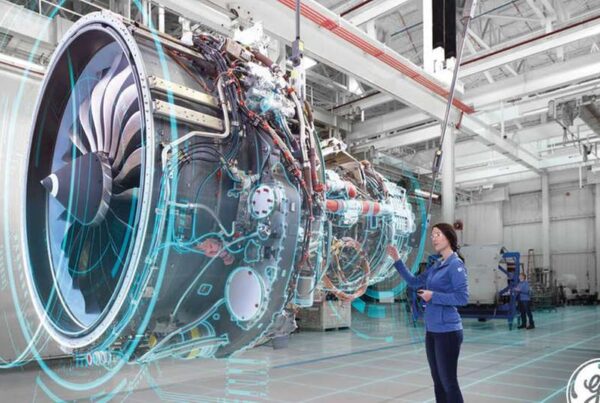Industrial robotics has transformed the manufacturing landscape, enhancing productivity, efficiency, and precision. These sophisticated machines are capable of performing a wide range of tasks, from welding and painting to assembly and material handling. While industrial robots offer numerous benefits, they also pose certain risks that must be carefully managed to ensure the safety of workers and the integrity of production processes. In this article, we will delve into the safety requirements of working with industrial robotics in manufacturing.
The Rise of Industrial Robotics
The integration of industrial robotics into manufacturing processes has grown exponentially over the past few decades. The advantages are clear: robots can work tirelessly, with high precision, and without the need for breaks or rest. This efficiency translates into increased production rates and cost savings. However, with the proliferation of robots in the workplace, it’s crucial to prioritize safety.
Key Safety Requirements for Industrial Robotics
Risk Assessment
The first step in ensuring safety when working with industrial robots is conducting a thorough risk assessment. This process involves identifying potential hazards and evaluating the risks associated with robot operations. Factors such as robot speed, payload capacity, and workspace design should all be taken into account. Risk assessments help manufacturers determine the appropriate safety measures to implement.
Safety Standards and Regulations
Adhering to safety standards and regulations is a fundamental requirement in the use of industrial robotics. Various organizations, such as the International Organization for Standardization (ISO) and the Occupational Safety and Health Administration (OSHA), have established guidelines and regulations for robotic safety. Manufacturers must ensure that their robotic systems comply with these standards to protect workers and meet legal requirements.
Robot Programming and Control
The programming and control of industrial robots play a crucial role in safety. Robots must be programmed to operate within predefined parameters to avoid collisions, overexertion, and other potential hazards. Safety features like emergency stop buttons and protective barriers should be incorporated into the control systems, allowing human operators to intervene in case of emergencies.
Safeguarding Techniques
To prevent accidents, industrial robots must be equipped with safeguarding techniques. These may include:
- Safety Interlocks: Interlock systems ensure that certain conditions are met before the robot can operate. For example, a safety gate must be closed before the robot can start its work.
- Safety Sensors: Sensors, such as light curtains and laser scanners, can detect the presence of humans or objects in the robot’s workspace. If an obstruction is detected, the robot can be programmed to stop or slow down to prevent collisions.
- Force and Torque Sensors: These sensors monitor the force and torque applied by the robot’s end-effector. If unexpected resistance is encountered, the robot can halt its movements to prevent damage or injury.
Training and Education
Proper training and education for personnel working with industrial robots are essential. Workers must understand the safe operation of robots, including emergency procedures and how to interact with automated systems. Regular training updates and refresher courses should be conducted to keep employees informed about the latest safety protocols.
Maintenance and Inspection
Regular maintenance and inspection of robotic systems are critical to their safe operation. Malfunctions or wear and tear can lead to unexpected behavior, posing risks to workers. Manufacturers should establish routine maintenance schedules and conduct inspections to identify and address any issues promptly.
Collaborative Robots (Cobots)
Collaborative robots, or cobots, are designed to work alongside humans safely. They have built-in safety features such as force-limiting technology and collision detection. Integrating cobots into manufacturing processes can reduce the need for physical barriers and enhance efficiency while maintaining safety.
Emergency Response Planning
Even with all safety precautions in place, emergencies can still occur. Manufacturers must have comprehensive emergency response plans that outline procedures for dealing with robot-related accidents or malfunctions. These plans should include clear communication protocols, first-aid measures, and evacuation procedures.
Challenges and Future Trends
As technology continues to advance, the field of industrial robotics is evolving rapidly. Emerging technologies like artificial intelligence (AI) and machine learning are making robots smarter and more adaptable. However, with these advancements come new challenges in ensuring safety.
Human-Robot Collaboration
As mentioned earlier, cobots are designed to work closely with humans. Ensuring the safety of human-robot collaboration requires the development of more sophisticated sensor systems and intelligent algorithms. These technologies will enable robots to respond dynamically to human actions and intentions, minimizing the risk of accidents.
Predictive Maintenance
Predictive maintenance, enabled by AI and IoT (Internet of Things) sensors, allows manufacturers to anticipate equipment failures before they occur. This proactive approach can prevent unexpected robot malfunctions and enhance workplace safety.
Industrial robotics have revolutionized manufacturing, providing numerous benefits in terms of efficiency and productivity. However, their integration into the workplace requires a strong commitment to safety. Manufacturers must conduct risk assessments, adhere to safety standards, implement safeguarding techniques, provide proper training, and develop emergency response plans.
As technology continues to advance, the future of industrial robotics promises even safer and more efficient manufacturing processes. Collaboration between humans and robots, and predictive maintenance will shape the industry’s path forward. By embracing these trends and prioritizing safety, manufacturers can continue to reap the benefits of industrial robotics while ensuring the well-being of their workforce.





